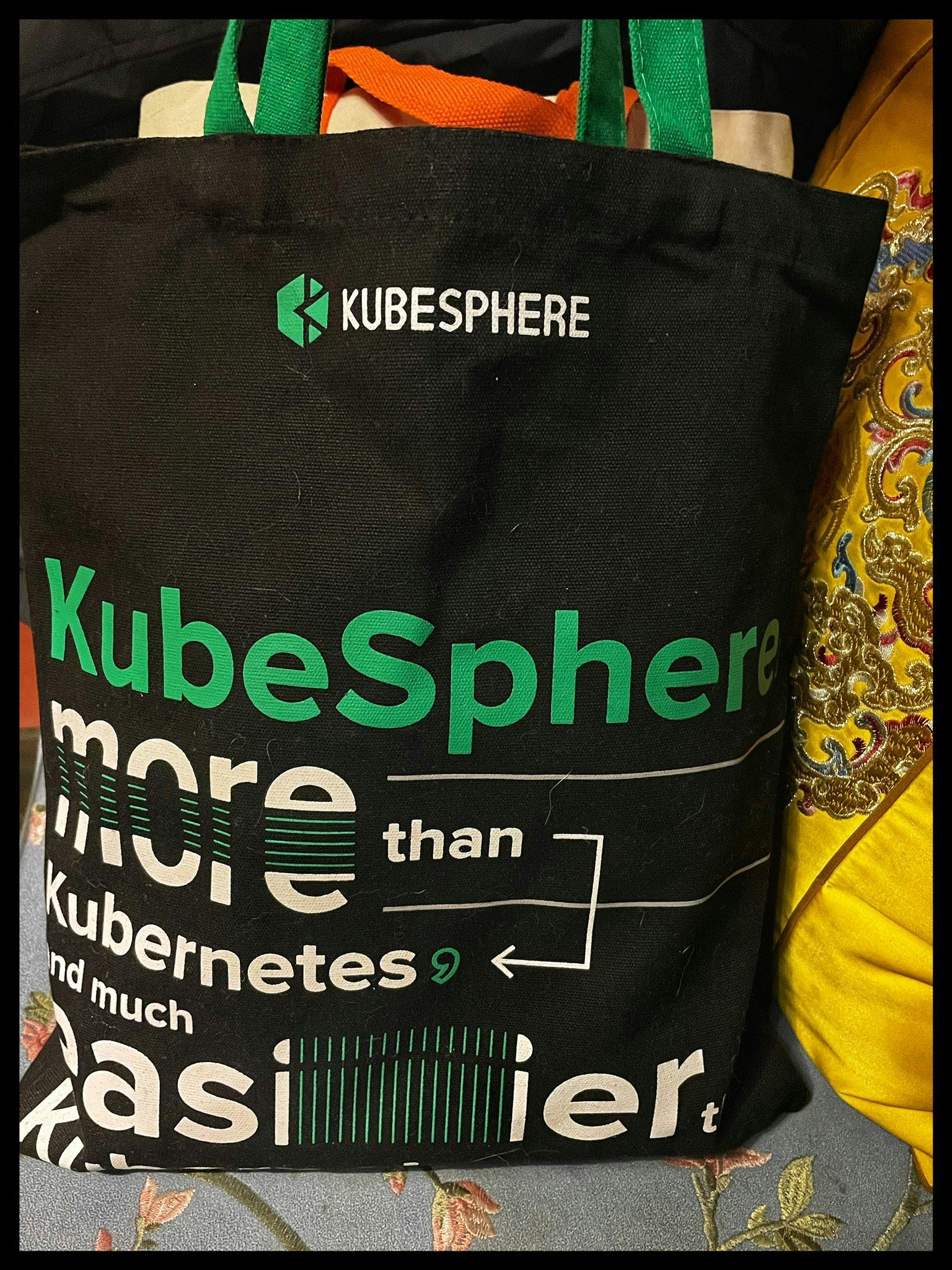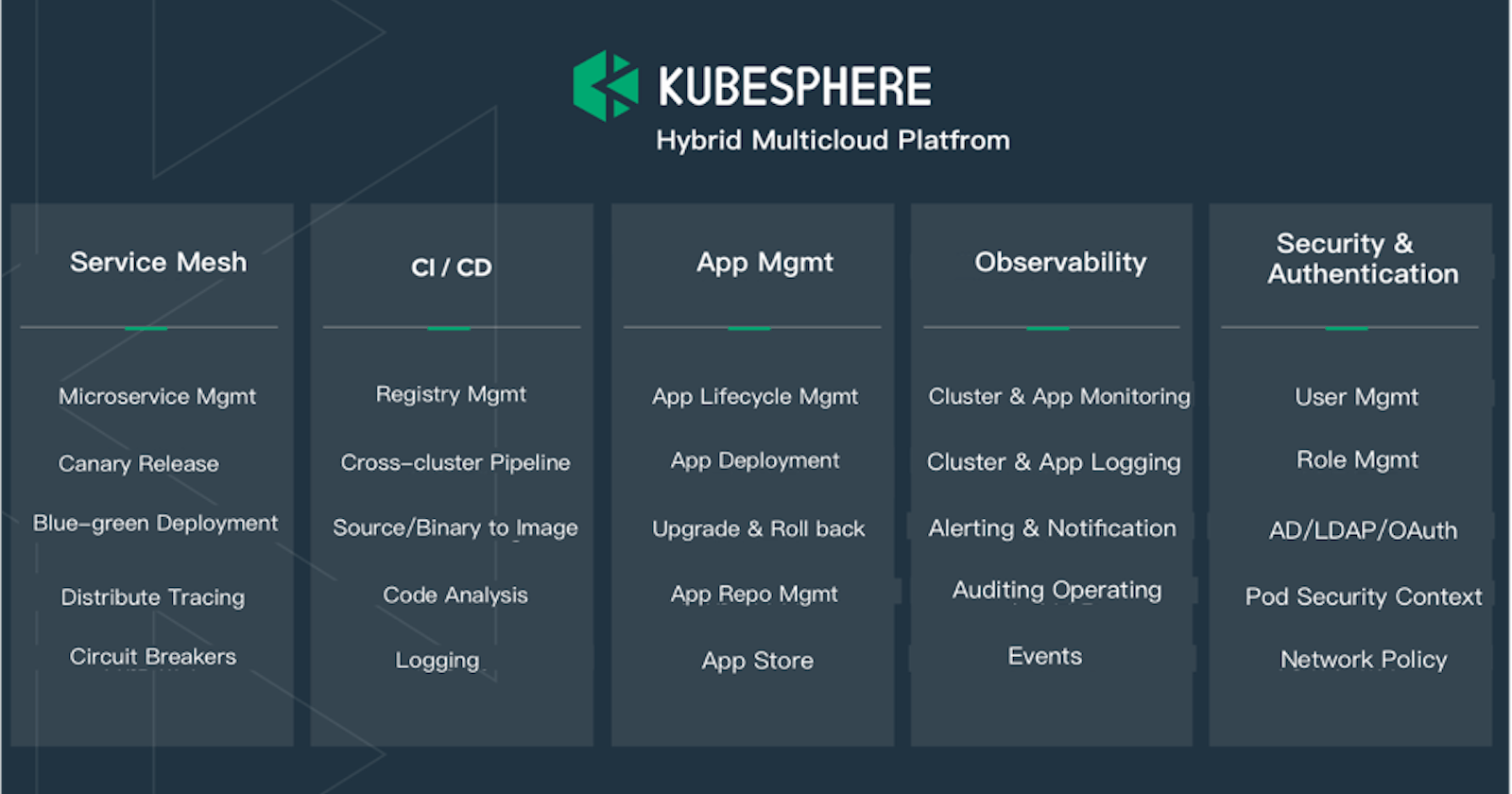 A simple Bing search can tell us the obvious answer, that Kubernetes is everywhere. But why? The key to the popularity of containers and Kubernetes is that both can support the rapid development and launch of applications. The rise of cloud-native is a kind of subversion to the traditional application architecture and development process. In the past, most enterprises were single applications, mainly running on the mainframe, and the waterfall development process was deeply rooted. However, after the arrival of the cloud-native era, people have gradually realized the benefits of microservice architecture. At the infrastructure level, they also tend to adopt more private clouds, public clouds, or hybrid clouds, as well as container platforms, and they have accepted new ones like DevOps.
A simple Bing search can tell us the obvious answer, that Kubernetes is everywhere. But why? The key to the popularity of containers and Kubernetes is that both can support the rapid development and launch of applications. The rise of cloud-native is a kind of subversion to the traditional application architecture and development process. In the past, most enterprises were single applications, mainly running on the mainframe, and the waterfall development process was deeply rooted. However, after the arrival of the cloud-native era, people have gradually realized the benefits of microservice architecture. At the infrastructure level, they also tend to adopt more private clouds, public clouds, or hybrid clouds, as well as container platforms, and they have accepted new ones like DevOps.
Before we deep dive into Kubesphere architecture, you might be wondering what Kubesphere is and its application.
KubeSphere is a distributed operating system for cloud-native application management, using Kubernetes as its kernel. It provides a plug-and-play architecture, allowing third-party applications to be seamlessly integrated into its ecosystem.
OR one could say
KubeSphere is an application-centric, distributed, multi-tenant, multi-cluster, enterprise-level open-source container platform built on Kubernetes that provides a friendly guided operation interface for operation and maintenance to help enterprises quickly build a powerful and feature-rich container cloud platform.
I know this definition is confusing, so let's look at everything one at a time.
Distributed operating system: is system software over a collection of independent, networked, communicating, and physically separate computational nodes.
Cloud-native application: is a type of computer software that natively utilizes services and infrastructure from cloud computing providers such as Amazon EC2, Force.com, or Microsoft Azure.
Kubernetes: also known as K8s, is an open-source system for automating deployment, scaling, and management of containerized applications.
After knowing what distributed OS, cloud-native, and Kubernetes are, you can tell what KubeSphere is; which is a container platform, pluggable architecture, and specific components that may be activated or enabled during or after the platform's installation.
So Why KubeSphere?
KubeSphere provides developer-friendly wizard web UI, helping enterprises to build out a more robust and feature-rich platform, which includes the most common functionalities needed for enterprise Kubernetes strategy. KubeSphere also provides high-performance and scalable container service management for enterprises.
KubeSphere is also known for its amazing features as well: -
- Cloud-Native Observability
- Service Mesh (Istio-based)
- App Store
- Edge Computing Platform
- Metering and Billing
- Support Multiple Storage and Networking Solutions
- Multi-tenancy
- CI/CD Pipeline
- GPU Workloads Scheduling and Monitoring
- Provisioning Kubernetes Cluster
- Kubernetes Multi-cluster Management
- Kubernetes DevOps
Among its features, most developers love KubeSphere for its DevOps support, as it provides a pluggable DevOps component based on popular CI/CD tools such as Jenkins. It features automated workflows and tools including binary-to-image (B2I) and source-to-image (S2I) to package source code or binary artifacts into ready-to-run container images.
KubeSphere Architecture
Now we have somewhat a clear view of what KubeSphere is, so we can see its architecture at a glance. KubeSphere separates the frontend from the backend, and it itself is a cloud-native application and provides open standard REST APIs for external systems to use. Please see the API documentation for details. The following figure is the system architecture. KubeSphere can run anywhere from an on-premise data center to any cloud to edge. In addition, it can be deployed on any Kubernetes distribution.

What does it provide for its customers?
Customers have a full visualization tool and technological platform thanks to KubeSphere. Multi-tenancy, visible logs, monitoring alerts, and auditing systems are all supported by this powerful and adaptable architectural design. It offers a simple enterprise-level interface, including microservice distributed storage. Customers must provide virtual host or physical machine resources, which are installed using the installation package, and the user logs in to the console to operate the entire cluster. Certain technical talents are required of users. The KubeSphere container machine is also ideal for IoT applications, and users may utilize it to create edge nodes. Not only that it also provides unified management of clusters across cloud providers, powerful observability, automated DevOps, fine-grained access control, out-of-box microservices governance, vibrant open source community.
Oh and they have good swags as well 😁

